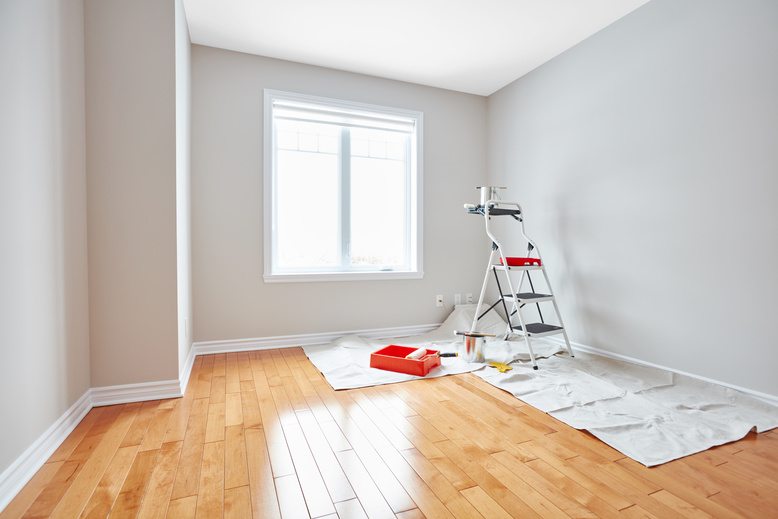
admin 1 year ago
Choosing the right color for your house can depend on several factors, including personal preference, architectural style, neighborhood aesthetic, and climate. Here are some steps to help you decide: Consider the Architecture: Take into account the style and era of your home. Certain colors may complement traditional architecture better, while others may suit modern designs. Assess the Surroundings: Look at the colors of neighboring houses, landscaping, and natural features like trees and gardens. You may want your house to harmonize with its surroundings or stand out as a focal point. Climate and Lighting: Consider the climate of your region and how different colors will appear in various lighting conditions. Dark colors absorb heat, which might be desirable in colder climates but can make a house uncomfortably warm in hotter regions. Test Samples: Purchase small samples of paint colors you're considering and paint a section of your house exterior to see how it looks in different lighting throughout the day. Coordinate with Fixed Elements: Take into account permanent features of your house such as the roof color, brick or stone accents, and landscaping. Choose a color that complements these elements rather than clashes with them.
Choosing the right color for your house can depend on several factors, including personal preference, architectural style, neighborhood aesthetic, and climate. Here are some steps to help you decide: Consider the Architecture: Take into account the style and era of your home. Certain colors may complement traditional architecture better, while others may suit modern designs. Assess the Surroundings: Look at the colors of neighboring houses, landscaping, and natural features like trees and gardens. You may want your house to harmonize with its surroundings or stand out as a focal point. Climate and Lighting: Consider the climate of your region and how different colors will appear in various lighting conditions. Dark colors absorb heat, which might be desirable in colder climates but can make a house uncomfortably warm in hotter regions. Test Samples: Purchase small samples of paint colors you're considering and paint a section of your house exterior to see how it looks in different lighting throughout the day. Coordinate with Fixed Elements: Take into account permanent features of your house such as the roof color, brick or stone accents, and landscaping. Choose a color that complements these elements rather than clashes with them.
Online